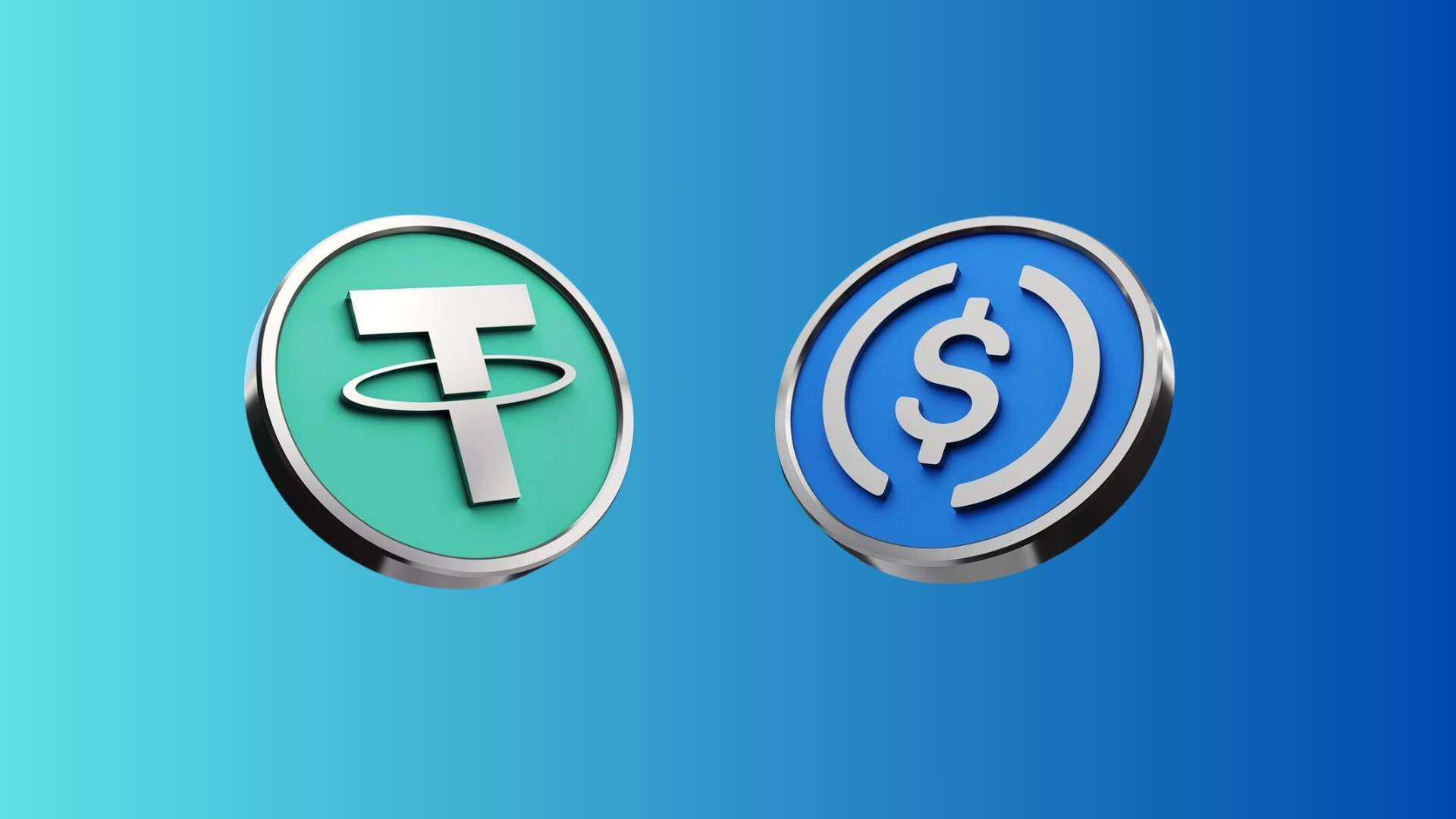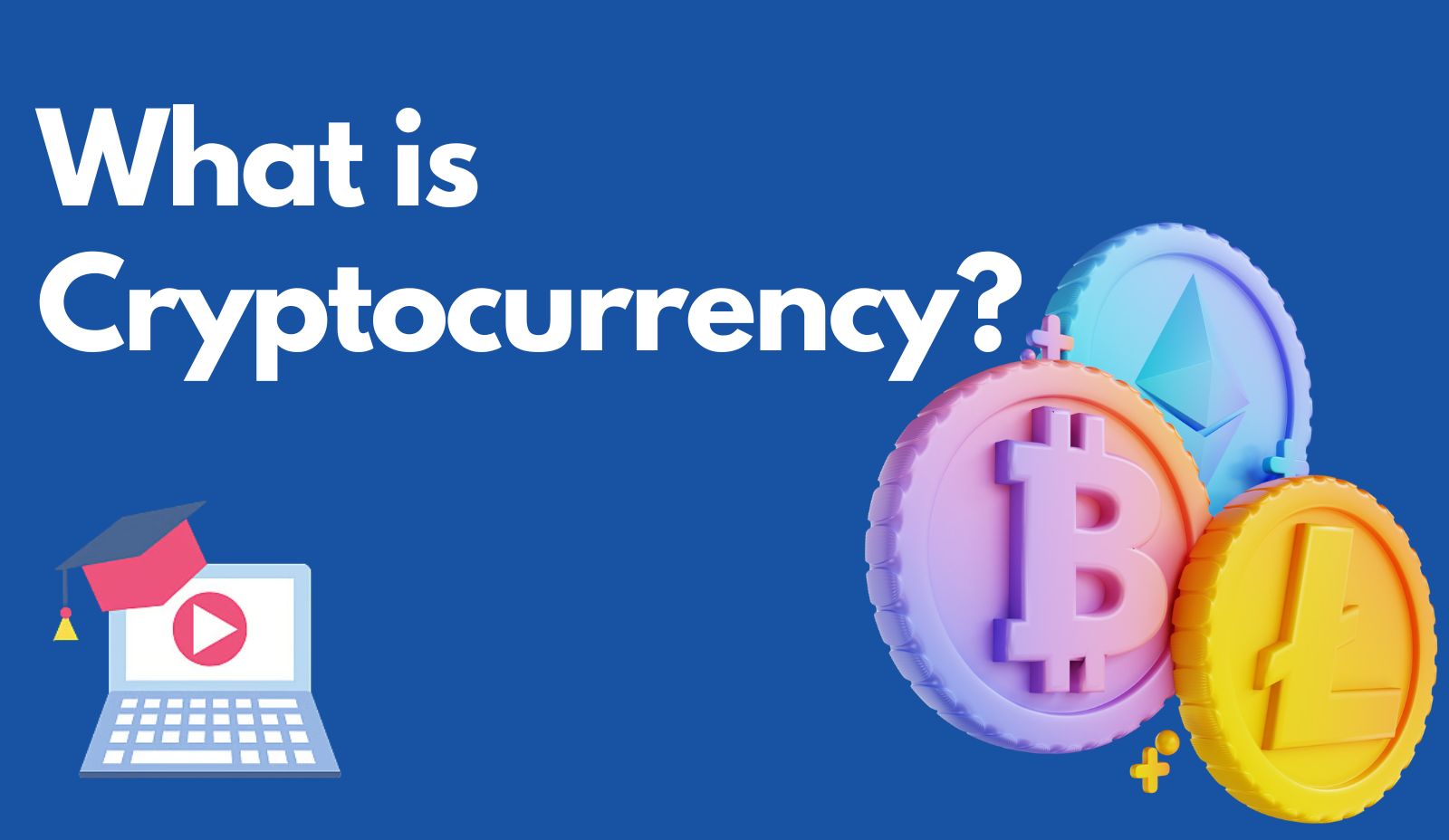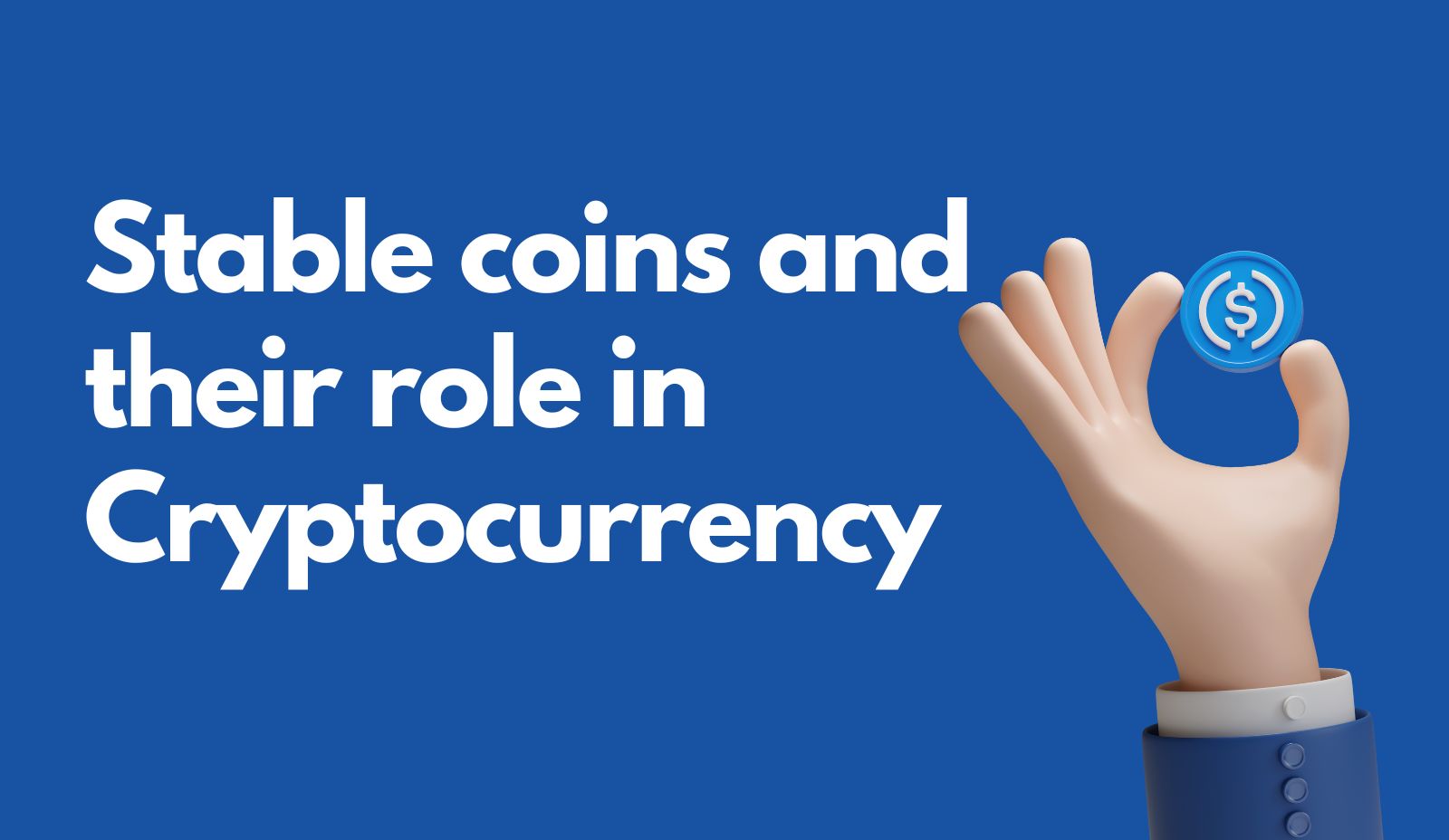What is a Stablecoin?
Jump to section
Stablecoins, a type of cryptocurrency, are designed to maintain a stable value by pegging their price to another asset such as a fiat currency or gold. This stability makes them suitable for everyday transactions, offering an alternative to the high volatility of popular cryptocurrencies like Bitcoin.
Understanding Stablecoins
What is a Stablecoin?
A stablecoin is a digital asset that remains stable in value against a pegged external traditional asset class. By reducing price volatility, stablecoins provide a reliable environment, encouraging cryptocurrency adoption and negating the speculative nature of digital assets. They offer the security and decentralization of cryptocurrencies with the stability of fiat currencies.
How Do Stablecoins Maintain Their Value?
Stablecoins achieve stability by pegging their value to an external reference, such as fiat currencies like the U.S. dollar, commodities like gold, or other financial instruments. This pegging process ensures that the value of stablecoins remains constant, providing an effective medium of exchange and store of value.
Why Are Stablecoins Important?
Stablecoins are crucial in the cryptocurrency ecosystem due to their stability. While cryptocurrencies like Bitcoin and Ether offer numerous benefits, their prices are unpredictable and can fluctuate wildly. Stablecoins tackle these price fluctuations by tying their value to more stable assets, making them suitable for everyday use, international transactions, and protecting traders during volatile markets.
Types of Stablecoins
Stablecoins are categorized into four main types:
Fiat-Collateralized Stablecoins: These are backed at a 1:1 ratio by fiat currencies like USD, EUR, or GBP. For each stablecoin issued, an equivalent amount of fiat currency is held in reserve. Examples include Tether (USDT) and USD Coin (USDC).
Crypto-Collateralized Stablecoins: These are backed by other cryptocurrencies. To account for price volatility, these stablecoins are often over-collateralized. MakerDAO’s DAI is a prominent example.
Non-Collateralized (Algorithmic) Stablecoins: These stablecoins use algorithms and smart contracts to maintain their price stability by adjusting the supply based on demand. Examples include Ampleforth (AMPL).
Commodity-Backed Stablecoins: These are backed by physical assets such as gold, oil, or real estate. An example is Digix Gold (DGX), which is backed by gold.
The Role of Stablecoins in the Cryptocurrency Ecosystem
Stablecoins play a vital role in the cryptocurrency ecosystem by providing stability and liquidity. Initially used to buy cryptocurrencies on platforms without fiat trading pairs, stablecoins are now integral to various blockchain-based financial services, such as lending platforms, and can even be used to pay for goods and services.
History of Stablecoins
BitUSD: The First Stablecoin
BitUSD, launched in 2014, was the first stablecoin issued on the BitShares blockchain. It was backed by a range of cryptocurrencies locked in a smart contract.
The Rise of Tether ($USDT)
Launched in 2014, Tether became one of the most popular stablecoins by maintaining a stable price pegged to the US dollar. Despite controversies and regulatory scrutiny, Tether remains widely used.
USD Coin (USDC)
Introduced in 2018 by Circle and Coinbase, USDC is a fully regulated and audited stablecoin pegged to the US dollar. It is issued on multiple blockchains, including Ethereum and Solana.
TrueUSD
TrueUSD, launched in 2018, is a fully collateralized and transparently verified stablecoin pegged to the US dollar. It is part of the TrustToken asset tokenization platform.
MakerDAO’s DAI
Launched in 2017, DAI is an Ethereum-based stablecoin pegged to the US dollar. It is generated through the MakerDAO lending system using smart contracts to maintain price stability.
Benefits of Stablecoins
Stablecoins offer numerous benefits:
- Little to No Volatility: Their prices remain stable compared to cryptocurrencies like Bitcoin.
- Global Payment and Remittance: Stablecoins offer faster, cheaper, and more efficient cross-border transactions.
- Protecting Cryptocurrency Traders: Traders can quickly convert volatile assets to stablecoins to avoid market fluctuations.
Challenges to Stablecoins
Despite their benefits, stablecoins face several challenges:
- Regulatory Hurdles: Varying legal frameworks create complexity for issuers.
- Interoperability: Lack of standardization across blockchains can limit liquidity.
- Market Adoption: Convincing traditional markets and investors to embrace blockchain technology remains challenging.
- Security Concerns: Smart contract vulnerabilities pose significant risks.
The Future of Stablecoins
Stablecoins represent the evolution of both traditional payment systems and volatile cryptocurrencies. They offer a new form of digital money, controlled algorithmically rather than by central authorities. Governments are exploring new regulations to ensure stablecoin issuers comply with financial laws, providing protections similar to those in traditional finance.
As stablecoins continue to gain public trust and regulatory clarity, they have the potential to change the global payment landscape, making digital assets more accessible and widely adopted.




